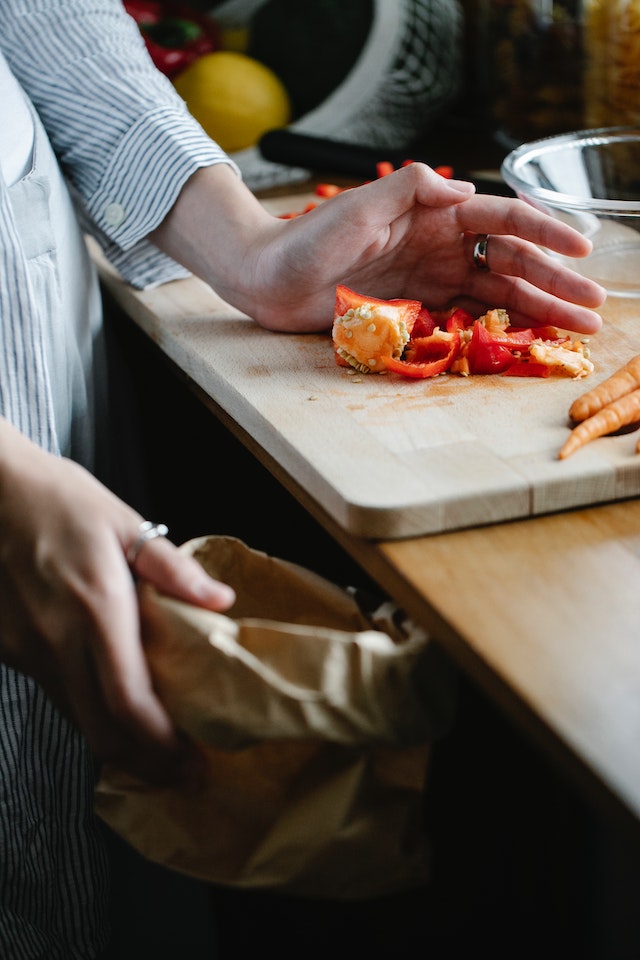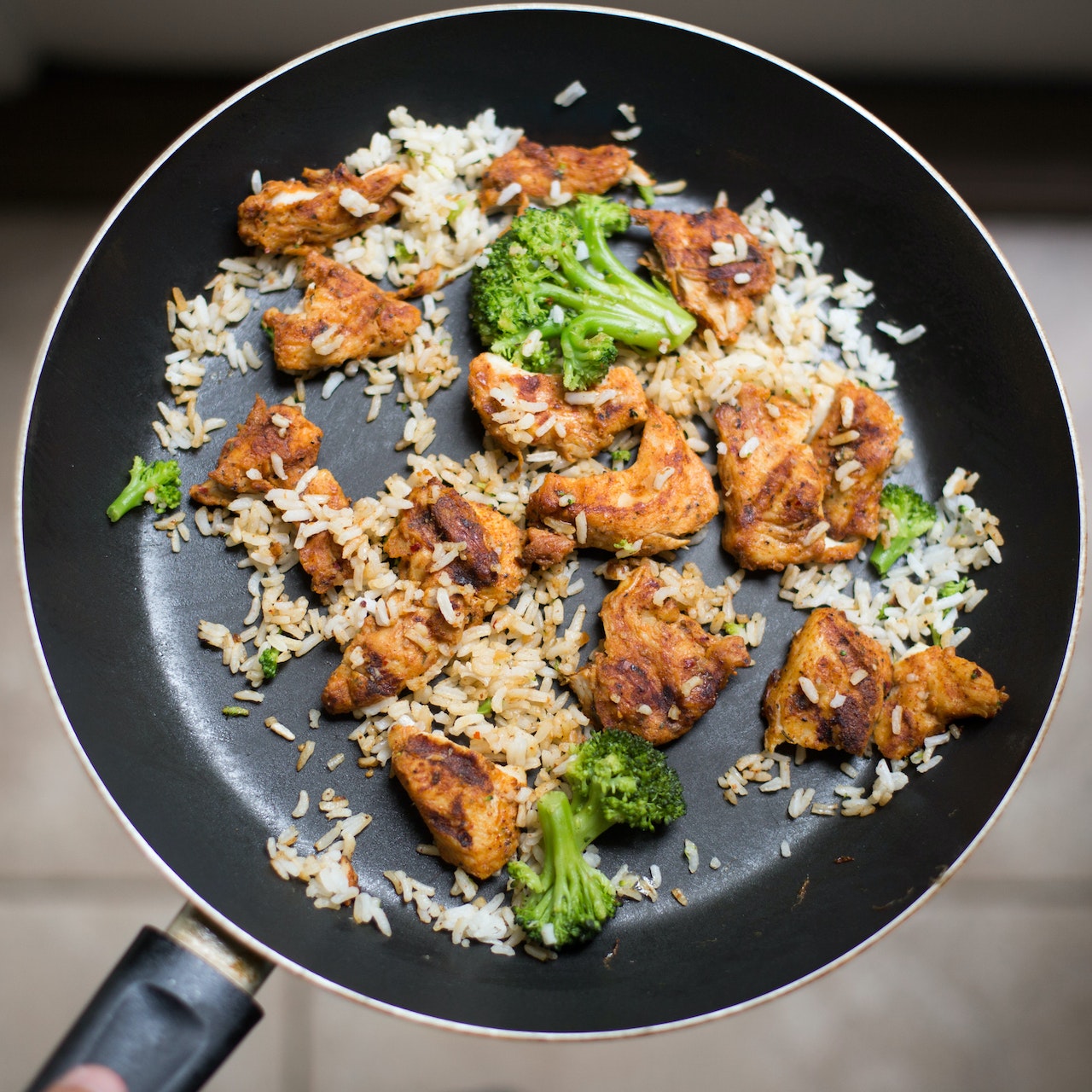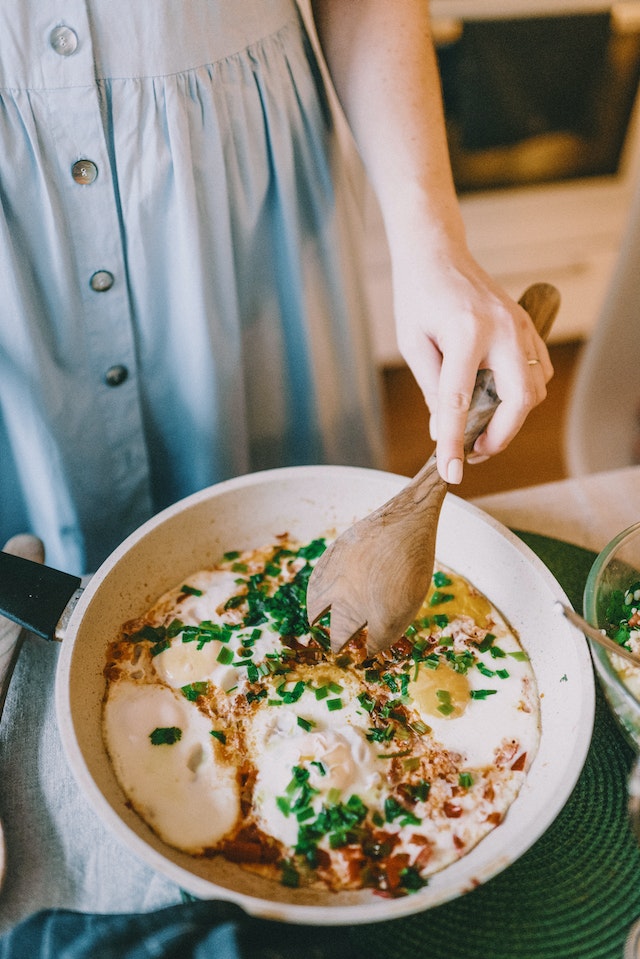One night, you come home from an overstretched day, craving something to eat. While opening the fridge, there sits a seemingly simple pot of rice from yesterday, a couple of almost forgotten vegetables and a handful of herbs wilting away. These simple ingredients become a masterpiece dish in the hands of a resourceful one. Rice is reborn into a lively stir-fry mixed with delicious soy sauce and freshly squeezed lime. The vegetables are roasted to perfection with aromatic herbs, awakening sleeping their flavors.
Elevating leftovers isn’t just about saving neglected foods from their fate; it’s about turning them into something completely new, worthy of a second point on the dining table. It is a testament to the ingenuity of the human spirit, where limitations inspire innovation. With some imagination and culinary talent, yesterday’s meal becomes today’s feast.
Benefits for Redoing Leftovers
1. Reduce Food Waste
Leftovers are often thoughtlessly thrown away, contributing to an alarming amount of food in landfills. By consciously eating portions, we can reduce this waste and positively impact the environment. In addition, reducing food waste means conserving the resources needed to produce, pack, and transport food. This, in turn, reduces the environmental impact of the food industry.
2. Substantial Savings
Using leftovers can lead to significant financial savings. Every penny counts in a world where living costs continue to soar. By using leftovers, individuals and families can increase their food budgets, reducing the need to buy extra meals. This saves money, encourages conscious consumption, and reduces personal financial pressure. Furthermore, by reducing the need for new foods, one can help stabilize food prices and make it easier for everyone to access nutritious meals.
3. Promotes Sustainable Lifestyle

Along with the environmental and financial benefits, valuing leftovers promotes a more sustainable future. As the world’s population continues to increase, the demand for food will grow exponentially. Trying to eat leftovers can relieve some of this stress on the food system. This allows for a more equitable distribution of resources and reduces the need for excessive food production. By consuming leftovers that are still edible, one can participate in contributing to a more sustainable food system with resilient future generations.
Creative Ideas for Repurposing Leftovers

1. Baked Avocados with Fillings
What if you have leftovers and don’t know what to do? Gather it all together and make a batch of baked stuffed avocados. Tempting toppings include beans, corn, baked potatoes, vegetables, shredded beef, chicken or pork. Serve with a pack of your favorite tortilla chips, and you’ll have a delicious and healthy dinner.
2. Grain Bowl
A grain bowl is a creative dish comprising small servings of various foods, allowing you to kick back with holiday favorites. Meat or cheese cubes, chopped vegetables, cranberries or other sauces can be served nicely with cold rice, lentils or whatever you have on hand, including baked potatoes.
3. Homemade Pizza

Who doesn’t love to make their pizza? Use leftover meat, vegetables, and cheese as a pizza topping. Pita bread, tortillas, or naan can be used as a quick pizza crust. Preheat your oven to high, drop the dough onto a pizza or parchment-lined baking sheet and sprinkle with cornmeal; unpack your holiday leftovers and do the magic.
4. Soup or Stew
Mix leftover meat and vegetables with broth and seasonings to form a hearty soup or stew. Add some fresh spices to enhance the taste. You can also make a savoury chickpea stew with extra diced potatoes from yesterday’s dish.
5. Burritos and Tacos
Making a burrito or homemade tacos is another easy way to use leftovers. Simply wrap leftover ingredients in a tortilla, then add the leftovers to create a culinary masterpiece. Some perfect leftovers for burritos and tacos include leftover black beans, bell peppers, cauliflower rice, ground beef, pulled pork, rice, and shredded chicken. Coat a spoon or two of homemade guacamole or salsa, and that’s it!
6. Savory Pies, Frittata or Quiche
Do you have a box of eggs left in the fridge? If yes, then you’re suitable for the night. The best part about making a handmade frittata or quiche is that anything is possible. Turn leftovers into a savory pie or quiche by mixing them with eggs, milk, and cheese and baking them in a pie crust. Whether you have asparagus, bacon, kale, onions, peas, spinach, tomatoes or turkey, give your leftovers a whole new recipe: slices of frittata or quiche.
7. Casseroles
Combine leftover ingredients in a baking dish, cover with cheese or breadcrumbs, and bake until bubbly and golden. This is a great way to make a new dish from various leftovers. You can also use various leftover ingredients like cooked meat, vegetables, pasta, rice, and sauces to create a flavorful casserole.
8. Soup, Sauces and Chutneys
Turn leftover vegetables into a delicious meal by making homemade minestrone. Take a portion of the vegetable broth, scoop up the leftover veggies, add beans, grains like pasta or any other beans you like, and make a delicious batch of homemade minestrone. For sauces, blend leftover vegetables, fruits, and herbs to create flavorful sauces, dips, or chutneys that can be used as condiments or toppings.
9. Stir-fry or Fried Rice
Leftover vegetables, protein and rice can be turned into a delicious stir-fry or fried rice. Add fresh aromatics like garlic, ginger, and scallions, and season with sauces such as soy sauce or others of your choice. If you want it to be healthier, broccoli stalks, cauliflower stalks, carrots, cilantro and turnip greens can all be incorporated.

10. Pasta or Noodle Dish
Leftover vegetables and meat can be mixed into pasta or noodle dishes. Mix them with olive oil, herbs, and shredded cheese for a satisfying meal. You can also try cheesy baked pasta frittata, a great way to use leftover pasta or noodle dishes while adding a twist to your meal. You are on a roll if you have leftover pasta, eggs, milk, cheese, diced cooked vegetables, cooked meat (such as chicken, ham, or sausage), and herbs (like basil or parsley).
Conclusion
Elevating leftovers promotes a conscious effort to deviate from wasteful culinary practices towards a more sustainable and creative approach. By consciously consuming leftovers, we can reduce waste, save money, and contribute to a more sustainable future. With simple steps of redoing what’s left in your fridge, you start leaning toward a more sustainable lifestyle. Individuals, communities, and governments need to recognize the importance of this practice and take steps to promote its adoption.

